Feliks Audio is one of the few boutique brands from Poland making serious noise in the Head-Fi scene. They specialize in handcrafted tube amplifiers for both headphones and speakers, all built in their factory in Lubliniec. Their latest model, the Echo Vibe, is an evolution of the well-regarded Echo 2.
Feliks Audio positions the Echo Vibe as an “entry-level” tube amp, but at $1,095—$100 more than the already pricey Echo 2—it’s hardly cheap. So the question is, does the Echo Vibe deliver the kind of performance that justifies its four-digit-adjacent price tag?
Or did Feliks trim some corners to make it the accessible gateway into their high-end lineup? Either way, this Polish outfit is one of the strongest Eastern European upstarts proving they belong in the conversation with the bigger names in headphone amplification.
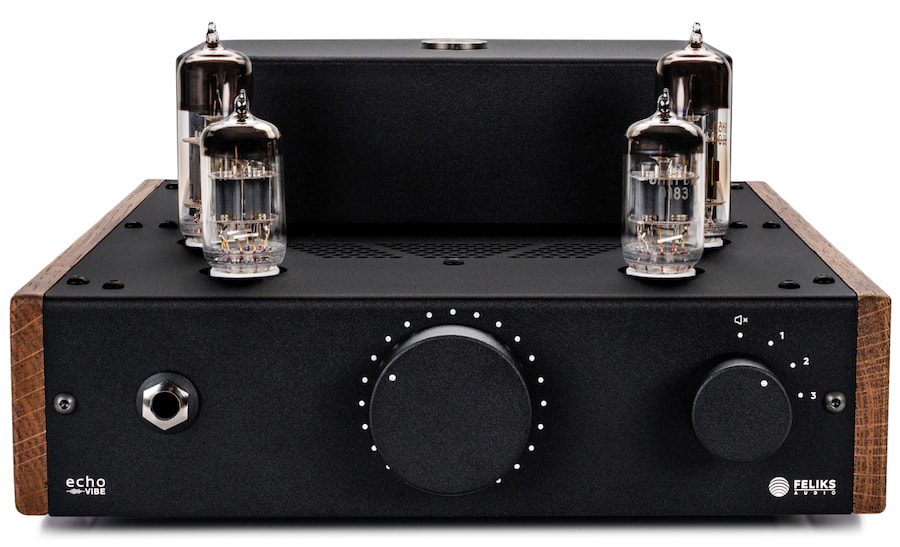
Feliks Audio Echo Vibe Specifications & Technology Breakdown
The Feliks Audio Echo Vibe delivers a maximum power output of 350mW through its headphone jack—but that number alone doesn’t tell the full story. Tube amplifiers generate high voltage, which is crucial for driving high-impedance headphones, especially some dynamic drivers that demand more juice to perform at their best.
This amp is also output-transformerless (OTL), meaning it skips the usual output transformer stage. The theory here is that removing the transformer improves sound clarity and linearity, giving you a more direct, transparent signal. Among Head-Fi enthusiasts who prioritize musicality over raw specs, OTL tube amps have earned a solid reputation. Tubes may not win on paper with measurements, but they more than make up for it with harmonic richness, spaciousness, and a lush soundstage.
Inside the Echo Vibe, a pair of 6N6P tubes handle the voltage gain, feeding into another pair of 6N1P tubes further along the chain that boost the signal by 20dB. Despite tubes being traditionally seen as inefficient amplifiers, the Echo Vibe keeps total harmonic distortion (THD) impressively low—under 0.4% into 300 ohms at 20mW output. That’s clean enough to be inaudible in real-world listening.
Feliks Audio hasn’t gone deep on what specifically sets the Vibe apart from the Echo 2 internally, but they do say upgraded capacitors contribute to enhanced treble presence and finer detail in the sound.
Next up: the design and build quality of the Echo Vibe.
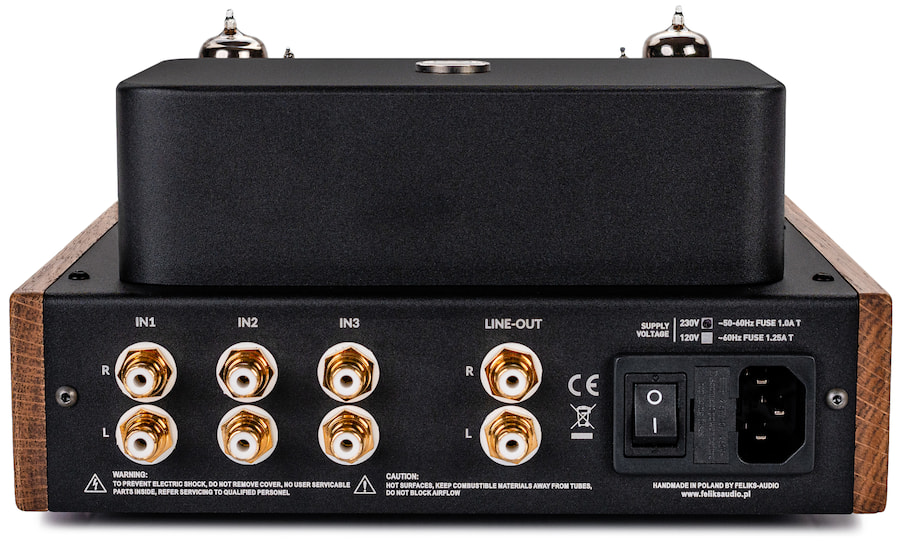
Feliks Audio Echo Vibe Design & Build Quality
Tipping the scales at about three and a half kilos and measuring 27 x 22 x 12 centimeters, the Echo Vibe is a compact unit that fits comfortably on most desks without hogging space.
The rear of the amp is dominated by a large transformer, which has shifted from the cylindrical shape seen on the Echo 2 to a more cuboid form. Feliks Audio redesigned its cover to reduce electrical interference and ensure quieter operation—a subtle but welcome upgrade, even though the Echo 2 was already pretty quiet.
Just in front of the transformer sit the four tubes, glowing a soft orange when powered up. Like all OTL tube amps, the tubes and chassis get very hot during use, so keep your fingers clear to avoid burns.
Up front, there’s a single quarter-inch headphone jack, a generously sized volume knob with satisfying resistance, and an input selector switch that clicks with a mechanical precision that makes using the Echo Vibe genuinely enjoyable. There’s a tactile analog charm here that brings a smile every time you adjust the settings—and that’s before you even hear it play.
The back panel keeps it straightforward: a power socket, on/off switch, three unbalanced RCA inputs, and a line-out for using the Echo Vibe as a preamplifier. Minimalist I/O, but for most setups—including mine—that’s all you really need.
Overall, the Echo Vibe’s build and design feel premium and justified at the $1,095 price point. CNC-engraved wooden side panels and wooden feet add an elegant, understated luxury. It looks expensive without shouting about it—exactly how a boutique Polish tube amp should.
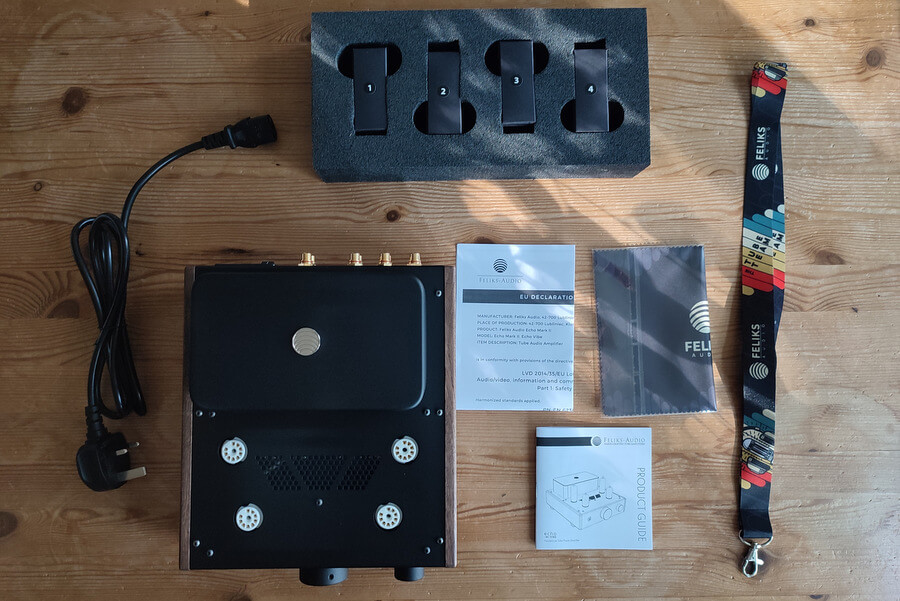
Listening Experience & Synergy with Headphones
I’ll keep this straightforward: my experience with OTL tube amps is limited. Aside from a handful of brief spins on budget models from xDuoo and Little Dot, the Echo Vibe is the first “proper” tube amp I’ve spent real time with—and definitely the priciest. So, if you’re after detailed head-to-heads against other similarly priced tube amps, this review won’t deliver that.
What I can do is compare it to a few solid-state amps I own. And honestly? The Echo Vibe sounds absolutely wonderful. It has this almost romantic way of presenting music that makes you forget the tech specs and just get lost in the moment.
Maybe it’s the novelty of my first real OTL tube experience clouding my judgment, but I haven’t felt this kind of euphoric listening buzz in a long time—like when you first fall head over heels with the hobby. I’ll try to keep things objective, but don’t be surprised if a little emotion slips through; this amp made an impact.
Feliks Audio recommends headphones between 80 and 600 ohms, so I mainly tested with two high-impedance dynamic drivers: the Audio-Technica ATH-R70x (470 Ω) and Beyerdynamic DT880 Edition 600 Ω. I also tried some planar magnetics and low-impedance dynamics for good measure.
The source was the SMSL DO400 DAC, streaming a mix of Spotify and hi-res FLACs. Important: OTL tube amps need a warm-up—five to ten minutes before they hit their stride.
Tonally, the Echo Vibe leans slightly warm but stays mostly neutral. Bass extends deep into subbass territory with no roll-off, is well defined, and gets a tasteful midbass bump for some punch. It doesn’t quite match the precision and speed of the best solid-states or my Aune S17 Pro, but it’s still impressive.
Forget the stereotype of tube amps delivering woolly, soft bass—this one nails macro and microdynamics, holding its own with sub-$1000 solid-state contenders like the S17 Pro. The visceral subbass in Hans Zimmer and James Newton Howard’s “Why So Serious” felt properly impactful.
The midrange is where the Echo Vibe shines brightest. It’s lush, natural, and incredibly lifelike—vocals have a realism that solid-states I’ve heard can’t touch. Listening to Sade’s “Like a Tattoo” was an almost euphoric experience; for a moment, I forgot I was wearing headphones and felt like I was right there with the singer.
Treble is smooth and slightly tamed—no sparkly fireworks here. It won’t win awards for brilliance or air, but this laid-back presentation works well with headphones prone to harshness. For example, the DT880 600 Ω is known for spiky highs, but the Echo Vibe calmed them enough to make listening less fatiguing and more relaxing.
Soundstage is impressively wide and holographic, with a well-defined center image and coherent layering. It’s not quite as sharp as the S17 Pro’s imaging, but unless you’re comparing directly, you won’t feel shortchanged.
Testing with lower-sensitivity dynamics like the Kiwi Ears Ellipse and Sony MDR-1A showed no issues—both drove well with no added distortion or tonal weirdness. Although Feliks recommends headphones above 80 Ω, I doubt most users will hit any problems.
Planar magnetic headphones were a mixed bag. The HiFiMAN HE1000 Unveiled delivered lush mids and spacious stage, but the upper midrange and lower treble got a bit hot, and bass quality dipped slightly. The Dan Clark Audio Noire X showed similar traits. So, the Echo Vibe isn’t the best match for planars.
Of course, if you tire of the Echo Vibe’s sound—which I doubt—you can swap tubes to tweak its character. Tube rolling is a rabbit hole of cheap to insanely expensive options, but it can be hugely rewarding once you find your perfect match. Just remember tubes degrade over time and need replacing every few years, so there’s upkeep involved.
All told, the Echo Vibe delivers a romantic, engaging sound that’s rare at this price point, especially for high-impedance headphone lovers willing to dive into the tube world.
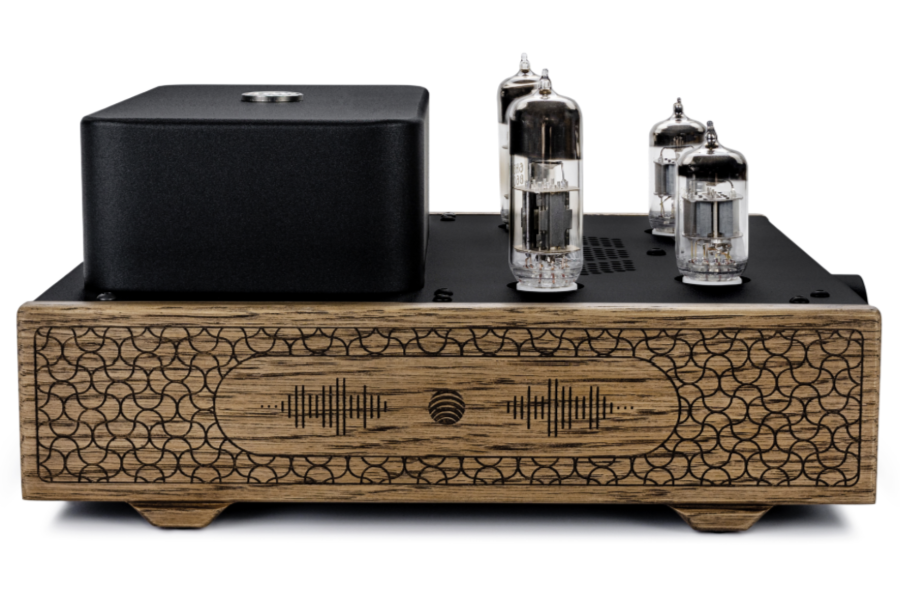
The Bottom Line
Sure, chasing the best specs and measurements can feel like the audiophile holy grail—but at the end of the day, most of us got into this hobby to enjoy music more deeply. The Feliks Audio Echo Vibe isn’t about topping charts or boasting the highest wattage. At $1,095, it’s an “entry-level” tube amp in price only—because when it comes to musicality, it punches well above that tag. It breathes new life into high-impedance dynamic headphones like the ATH-R70x and DT880 600 Ohm, delivering a rich, engaging, and emotionally compelling sound that many solid-state amps struggle to match.
It can handle lower-impedance and planar headphones too, though it’s not the perfect match for every model. Yes, the power output is modest, the tubes run hot, and they’ll need replacing over time, but if you want your favorite tracks to sound as thrilling as the first time you heard them—without breaking the bank—the Echo Vibe deserves serious consideration.
Pros:
- Premium, sturdy build with elegant wooden side panels and feet
- Absolutely silent operation—no audible electrical interference
- Rich, musical sound with lush midrange and engaging warmth
- Excellent synergy with high-impedance dynamic headphones
- Versatile enough to drive lower-impedance and some planar headphones
- Tactile, satisfying controls that add to the analog charm
Cons:
- Moderate power output, so may struggle with very low-sensitivity headphones
- Runs hot due to OTL tube design and requires occasional tube replacements
- Slightly neutral tonal balance for a tube amp—may not satisfy those chasing a heavily colored “tube warmth”
Where to buy:
Related Reading:
- Burson Audio Conductor GT4 Review: Desktop DAC/Amp Muscle With Audiophile Finesse
- Rotel DX-3 Review: Heavyweight DAC & Headphone Amp That Doubles As A Flexible Preamp For Active Speakers
- Schiit Valhalla 3 Unleashed: Thor’s Class A OTL Tube Amp For Mortals Who Dare Drive Hard-To-Tame Headphones
- From Warsaw and Baia Mare with Love: How Eastern Europe’s Audio Scene is Outsmarting the West

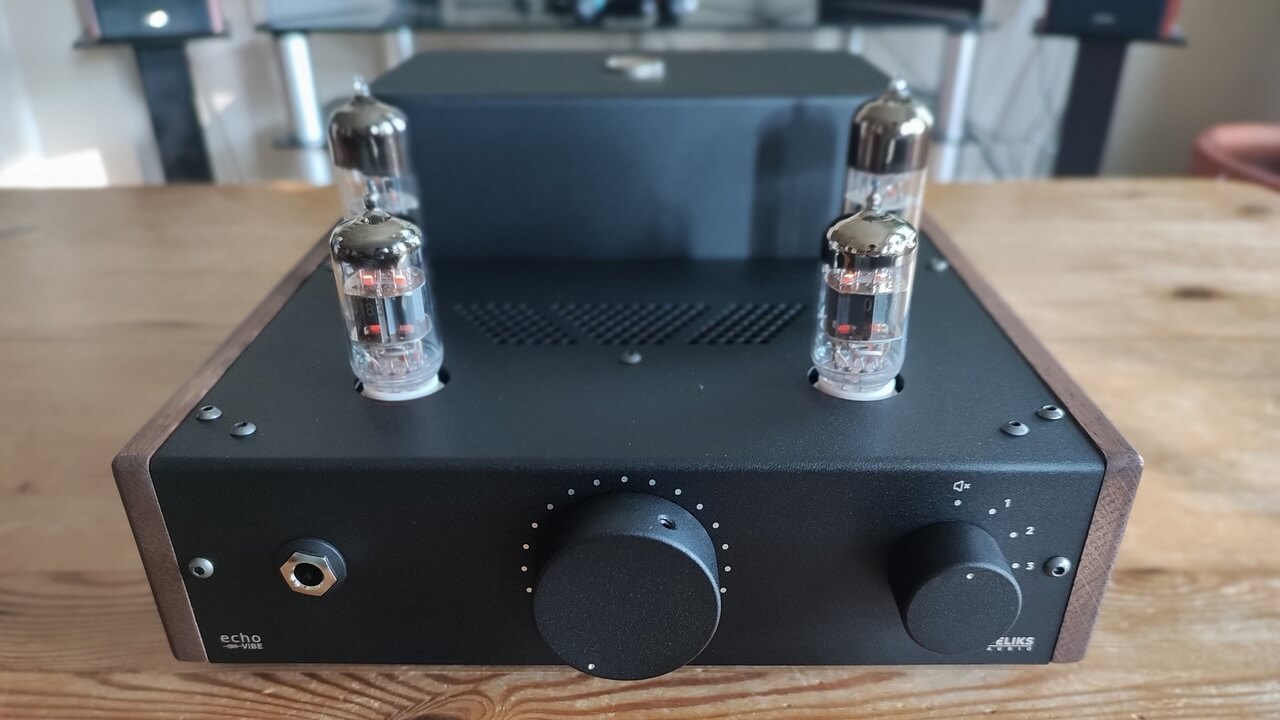



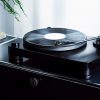









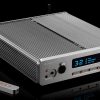
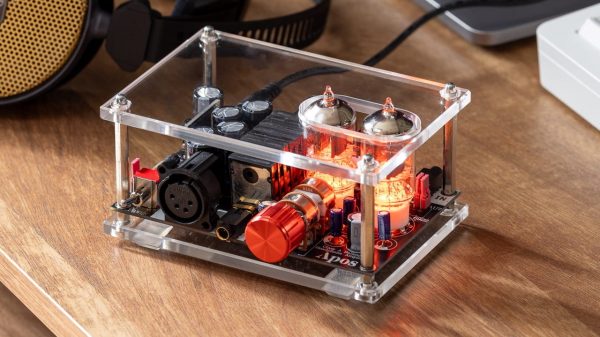
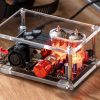

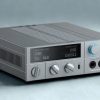
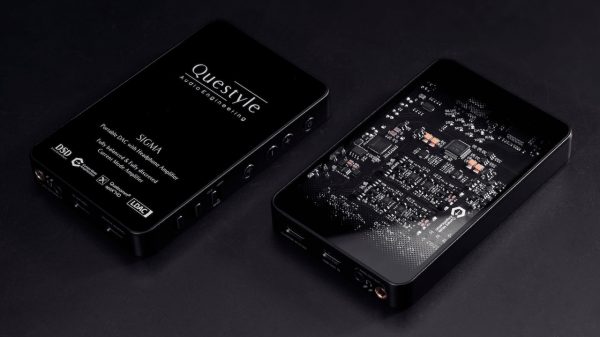
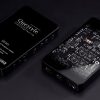



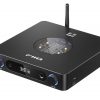
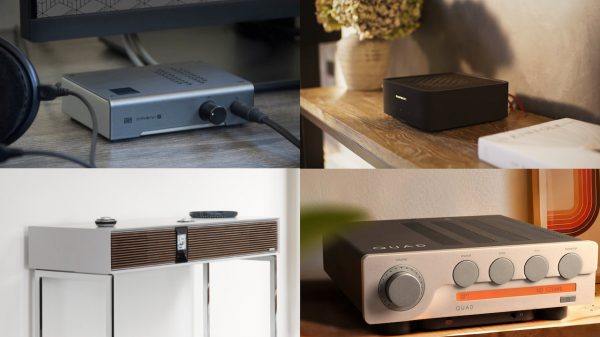
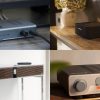
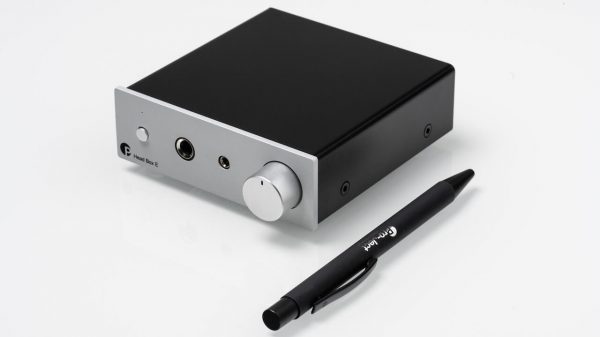
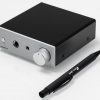











Bob Tonal
July 10, 2025 at 1:07 pm
The tonal profile can be changed with a compatible tube swap. That’s what I did with my Vibe =).
Ian White
July 10, 2025 at 2:12 pm
Bob,
Any specific recommendations?
Best,
IW